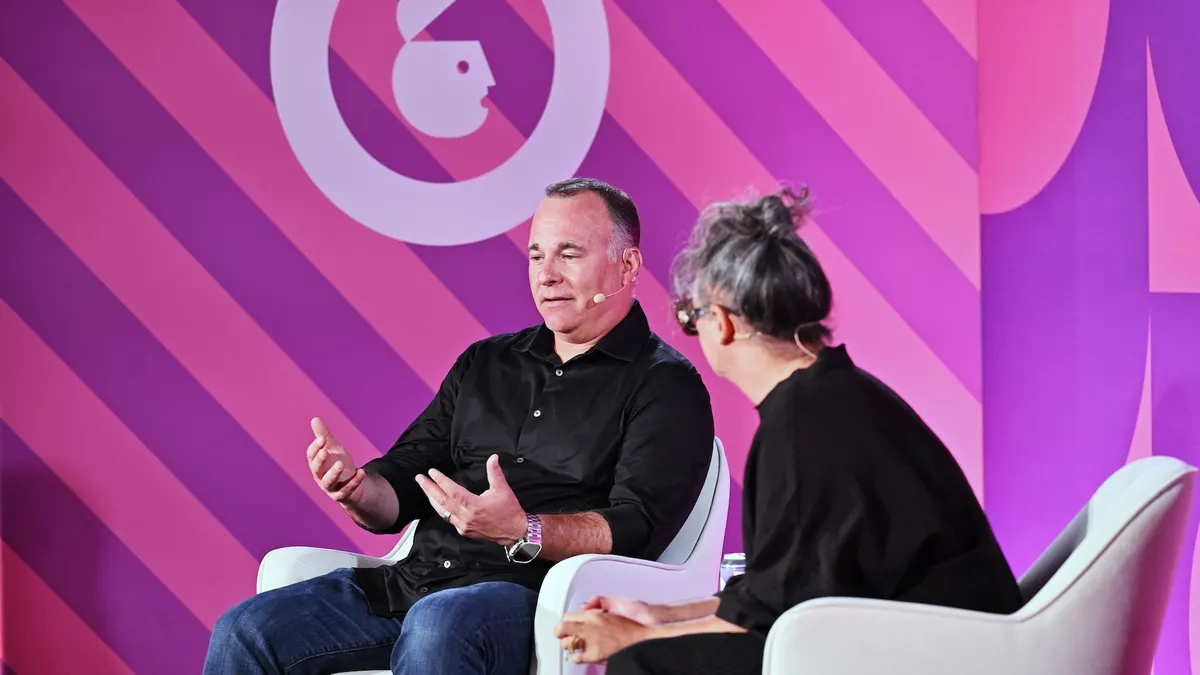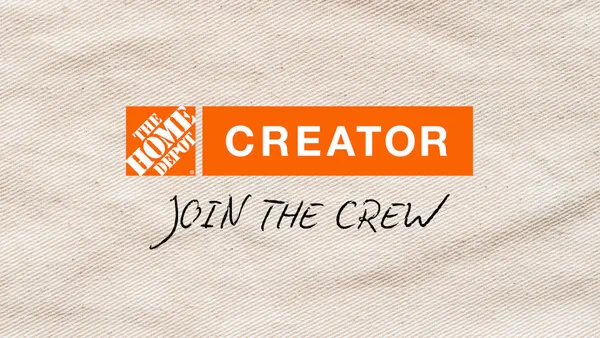Brief:
- Starbucks started testing a plan that requires customers to provide an email address in exchange for using free Wi-Fi at its stores in the U.S., where the coffee chain has about 14,000 locations. The company seeks to establish a stronger connection with the 60 million customers who visit a Starbucks every year but don’t belong to its loyalty program, which has about 15 million members, per a shareholder presentation.
- The requirement to provide an email is a change from its policy since the chain first offered free Wi-Fi in the U.S. in 2010. Starbucks has asked customers to accept terms and conditions before they were allowed to connect to the public Wi-Fi service without any other kind of sign-in procedure.
- Starbucks said providing an email address will make the login process easier for repeat customers by automating how they connect to the Wi-Fi network when visiting any U.S. company-operated store. Licensed stores aren’t part of the test, per GeekWire.
Insight:
Starbucks’ test program to ask people for an email address before logging into its Wi-Fi network is one way to establish a stronger bond with people who visit its stores, but don’t belong to its Starbucks Rewards loyalty program. While asking for an email address may alienate some customers who are concerned about privacy or who don’t want to clutter their email inboxes with more advertising, the net effect on store traffic is likely to be minimal.
By providing an email address, customers can expect to receive about one email a week that includes a newsletter or periodic offer, but customers can unsubscribe from the email newsletters and still access the Wi-Fi, the company told GeekWire. The company this year also will seek to reach more mobile customers by opening up its ordering app to all customers, not just members of its Starbucks Rewards program. Mobile order and pay made up 11% of transactions in the U.S. last quarter, and presents another way to reach customers seeking greater convenience.
Starbucks didn’t provide any exact statistics on the percentage of customers who go to Starbucks for the free Wi-Fi, making an analysis of the email signup difficult to predict. People who really value the free Wi-Fi are more likely to be laptop owners who seek a quicker connection to get work done, and the preponderance of unlimited cellular data plans obviates the need for a free Wi-Fi connection to a smartphone. In addition, the quality of public Wi-Fi hasn’t kept up with the pace of cellular connections, especially when dozens of customers vie for the same Wi-Fi access points, per CIO.











